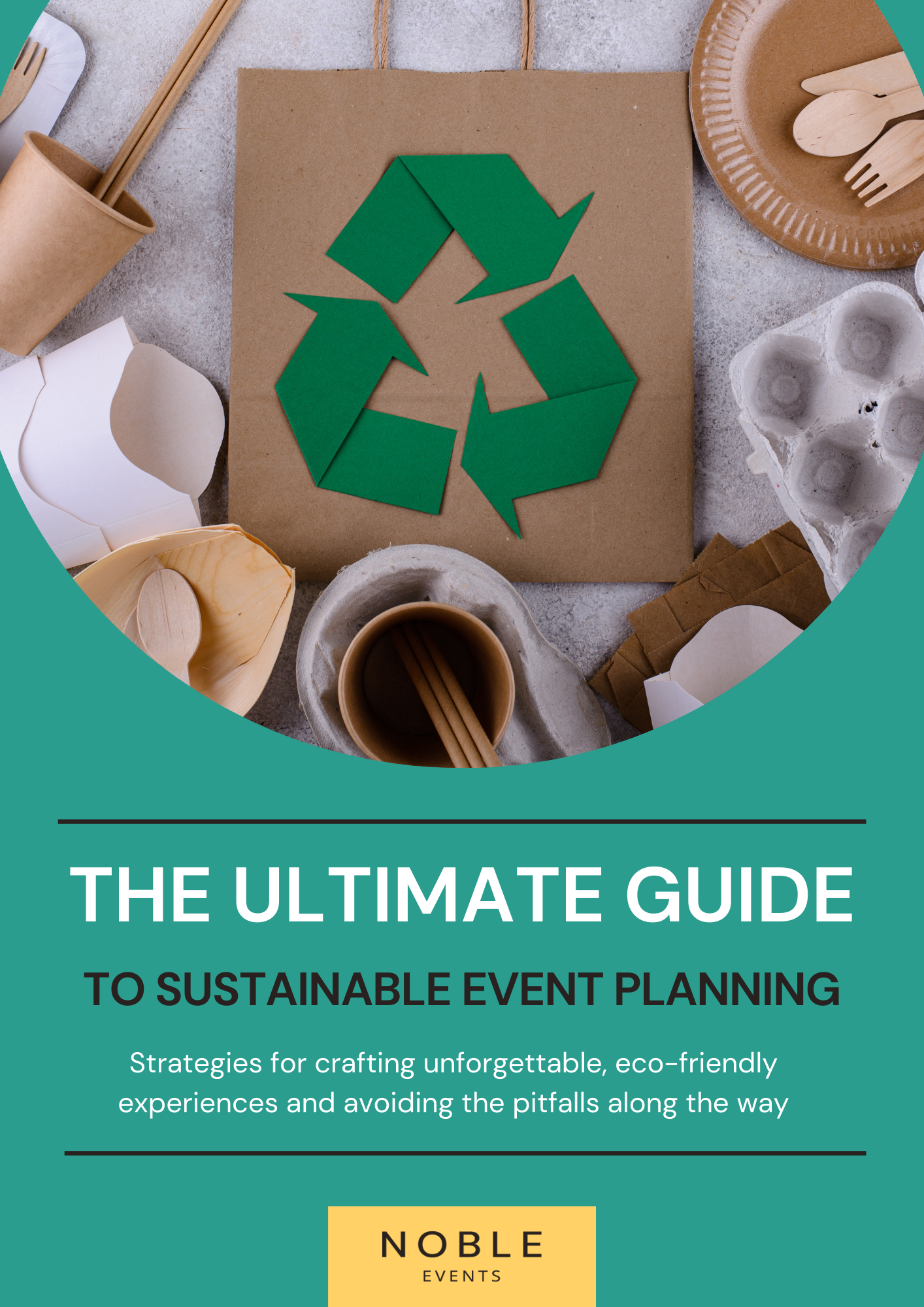'Carbon balancing' - you might be hearing this term more often, and for good reason. As the events industry grapples with its environmental impact, we're seeing a shift from traditional carbon offsetting to this more immediate, measurable approach. But what exactly is it, and why should event planners care?
When Kate Hodson-Walker, our Operations Director, attended the Sustainable Events Show recently, this topic dominated conversations. Carbon offsetting, vs carbon balancing... While many still view carbon offsetting as a positive step - surely doing something is better than nothing? - there's growing concern that it's becoming a tick-box exercise. As offsetting becomes more accessible, it risks turning into another form of greenwashing - an easy way to appear environmentally conscious without making any real, meaningful changes.
This is where carbon balancing really comes into its own - an approach that could transform how we think about environmental responsibility in events. So, what is carbon balancing, and why might it be a more impactful choice for sustainable event planning?
Let's explore why this might be the game-changer our industry needs.
Understanding Carbon Balancing: Beyond Traditional Offsetting
Traditional carbon offsetting has been the events industry's go-to solution for environmental impact - plant some trees, tick the sustainability box, job done. Carbon balancing offers a more immediate and measurable approach.
Unlike offsetting, which often takes years to show results (trees need time to grow!), carbon balancing takes a more active approach. It's about understanding and addressing your carbon impact in real-time, striving to achieve a balance between the carbon emissions you produce and what you remove from the atmosphere (what we call carbon sequestration).
Here's what that means in practice:
- Carbon Emissions: The amount of carbon your event produces - from transport and energy use to catering and waste
- Carbon Sequestration: The amount of carbon you actively remove from the environment
- Carbon Balance: The difference between these two figures - your goal is to reach net-zero impact
Carbon balancing can be applied in various sectors, such as paper production, fuel economy, and agricultural activities. For example, a paper production facility can calculate a carbon balance by accounting for forest uptake, harvest, and emissions. Or in farming, the carbon balance can vary depending on different practices and land allocation.
The Noble Events Approach - Sustainable Choices That Make An Impact
Sustainability in events can feel overwhelming. With countless options and approaches available, it's not always clear which choices will make a genuine difference. Many of our clients just aren’t sure what targets are most impactful or where they should start. At Noble Events, we see sustainability as a journey we undertake with our clients. Our role is to be your sustainability partner, cutting through the confusion to help you make informed, sustainable choices that align with both your messaging and your practical carbon reduction efforts.
Ultimately, we believe that a sustainable approach shouldn’t just support messaging - it should deliver real-world impact. Which is why we focus on solutions that create positive environmental impact from day one. Whether it's rethinking event materials, choosing venues with strong sustainability practices, or supporting certified carbon balancing initiatives, every decision we make can help reduce the overall carbon footprint.
Ready To Balance Sustainability With Your Event Goals?
If you're looking to make your next event more sustainable, let's start a conversation. Our team can offer clear advice and practical steps to ensure sustainability isn’t just a buzzword - it’s embedded into every part of your event experience. The result? Events that deliver environmental benefits today, not just promises for tomorrow.

The Ultimate Guide to Sustainable Event Planning: Download Now
Planning an unforgettable event with a focus on sustainability is no small task. But with the right approach, you can create impactful, eco-conscious experiences that don’t compromise on excellence. Our guide, 'The Ultimate Guide to Sustainable Event Planning,' is filled with expert strategies to help you deliver extraordinary events that minimise environmental impact. From setting measurable goals to selecting eco-friendly venues, discover how to craft meaningful moments that resonate with today’s conscientious audiences.
Download your guide now and lead the way in sustainable event planning.
